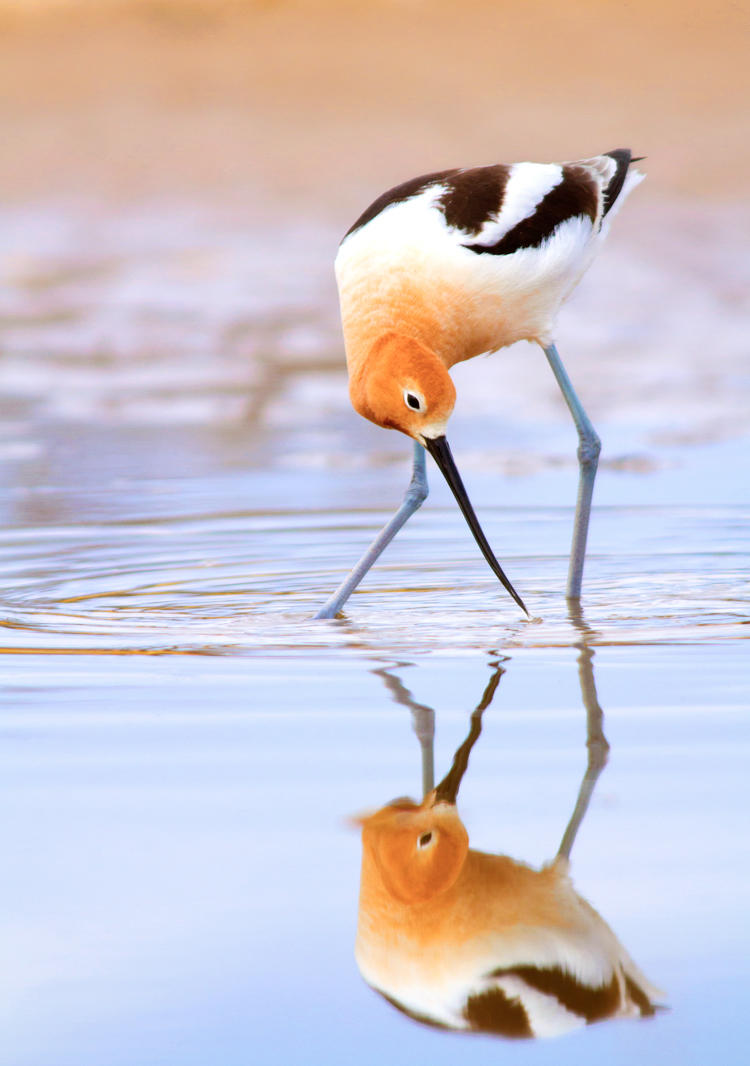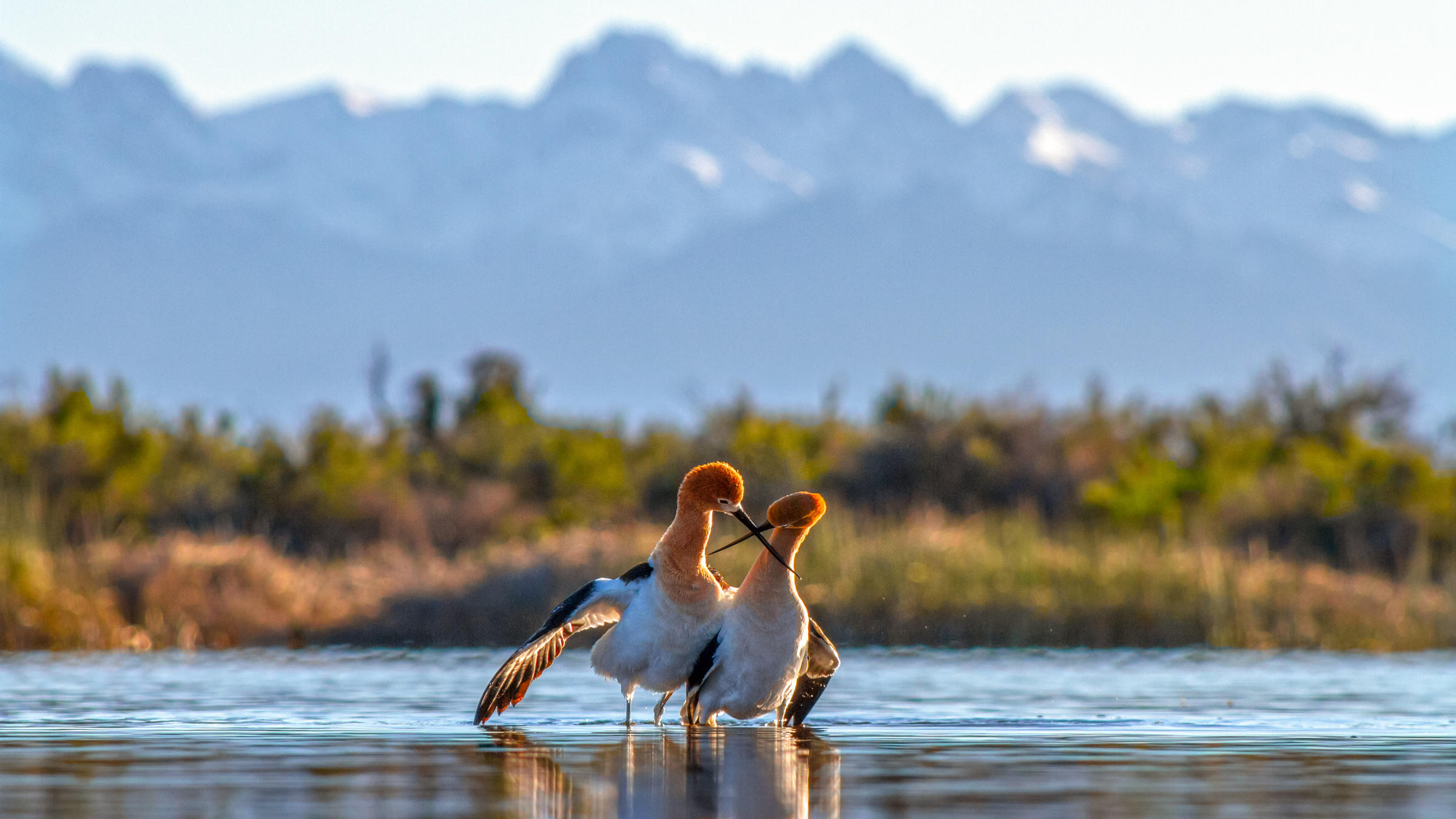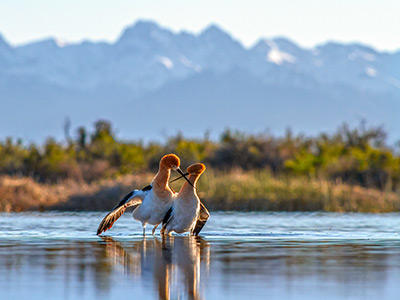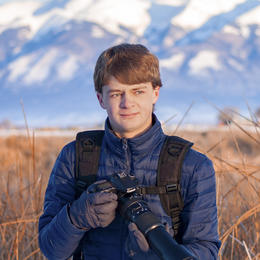As a wildlife photographer, I’ve had the unique opportunity in recent years to study and photograph American Avocets through every phase of their lives. Photographing these remarkable birds is a challenge that requires extreme patience and persistence, but in the process I’ve learned a few lessons that I’d like to share.
American Avocets migrate from Central America up to the mainland United States every year for the breeding season. Fortunately for me, a wetland near my home in the San Luis Valley of Colorado provides outstanding opportunities to photograph them. Avocets begin to arrive here in late March to early April and leave in mid-August. During this time, many stop to rest for a few days, but only one to two pairs stay to breed and raise their young.
One of the main challenges of photographing these birds is being able to get close enough for a good photo without disturbing their natural behavior. Depending on the location of the wetland and what the birds are used to, you may need to use a blind in order to avoid disturbing them. For example, I need to use a blind to get close enough when there are chicks or a nest that the parents are guarding. However, when they first begin to arrive and aren’t breeding yet, they are more focused on eating than on me, so it doesn’t require me to use a blind, but I still need to be stationary and hidden. Regardless, the Avocets’ well-being is worth much more than getting a photograph. For more information on what is ethical in photographing wildlife, I highly encourage you to read through Audubon’s photography ethics guide before photographing any wildlife.

So, what makes a good avocet image? For me, wildlife photos need to have emotion and interaction with the viewer. I've seen countless images of animals that are what photographers call “documentary photos.” Although technically good, there is nothing unique about these photographs that sets them apart from the other hundreds of similar images. One of the main goals is to show people incredible wildlife experiences that many people don’t get to have. By doing this, people become more aware of the importance of conserving wildlife and protecting our environment.
Another key component that improves avocet photos is to be nearly eye level with the birds. By doing this, the viewer will feel more equal with the animal and feel the emotion of the animal more clearly.
Finally, background is very important in any photo you take of avocets. Buildings or other man-made objects in the background take away from an image and distract the viewer from the avocet. In general, a clean and blurred out background is best, unless you are purposely trying to show the environment of the animal. In that case, you want to use a higher aperture to have the background more in focus.
However, most important over all of the suggestions above, make sure that the avocet is not disturbed and you are relaxed and enjoying the experience of photographing these incredible birds. By succeeding in these principles above, you will hopefully have an unforgettable photographic experience and come home with good images.
Although the American Avocet is currently listed as low concern by the International Union for Conservation of Nature, it is still necessary to protect the wetlands that these birds depend on for life. By preserving these ecosystems, future generations will be able to have the same experiences we have today.
You can view more of Arrow’s fantastic photography on his website, Instagram, or Facebook.







